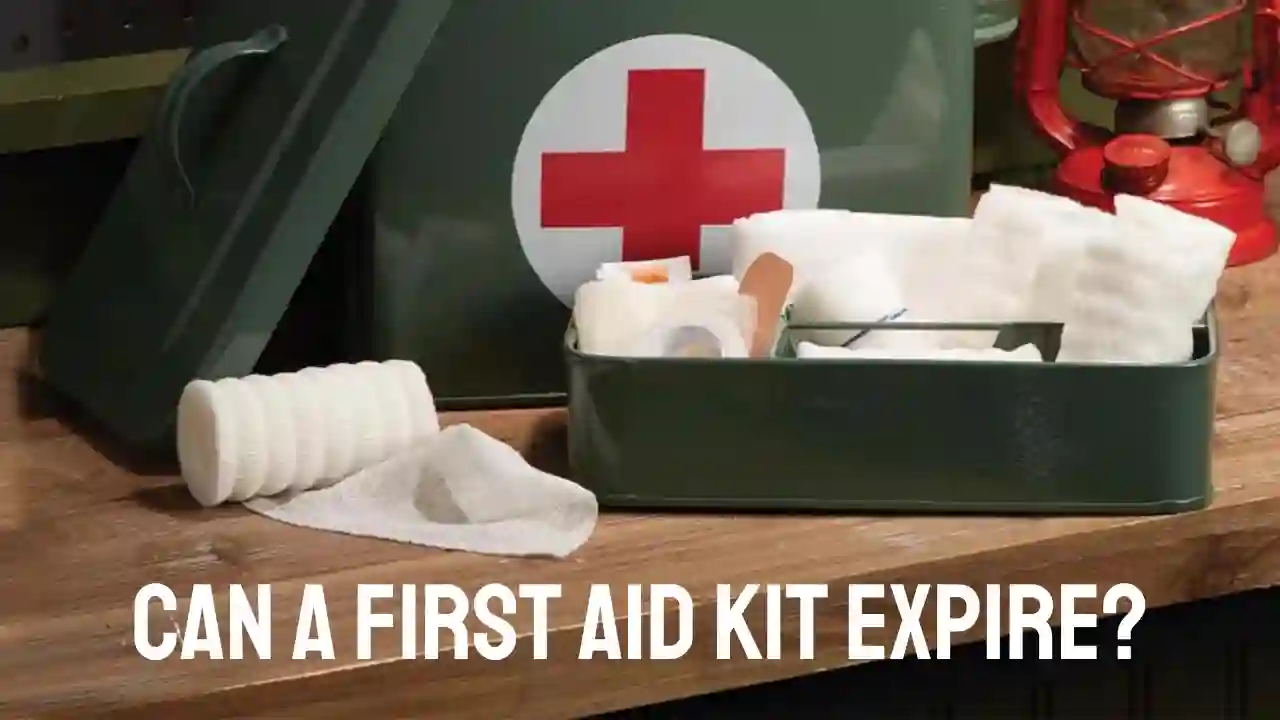In the ever-evolving landscape of workplace safety, the ability to respond swiftly to traumatic incidents is paramount. Workplace accidents or medical emergencies can occur without warning, and the initial response can significantly influence the outcome. This article explores the importance of swift workplace trauma response and the critical first aid skills necessary to effectively manage these situations.
The Critical Need for Trauma Response in the Workplace
The reality of today’s workplaces, which can range from bustling offices to high-risk industrial sites, is that emergencies can happen at any time. The nature of these emergencies can vary greatly – from a colleague suffering a cardiac arrest, a severe allergic reaction, to a traumatic injury from machinery. In these critical moments, the first response can make a substantial difference in the severity of the outcome, and in some cases, it can be life-saving.
Key Skills in Swift Workplace Trauma Response
A well-rounded approach to trauma response training should encompass the following skills:
Rapid Assessment Skills:
-
- Ability to quickly assess the severity of the situation and the injured person.
- Identifying life-threatening conditions versus non-critical injuries.
Basic Life Support and CPR:
-
- Proficiency in performing cardiopulmonary resuscitation (CPR) for adults, children, and infants.
- Use of Automated External Defibrillators (AEDs).
Management of Severe Bleeding:
-
- Techniques to control severe bleeding, such as the use of tourniquets and pressure dressings.
- Understanding the signs of shock and how to manage it.
Handling Spinal and Head Injuries:
-
- Recognizing and responding appropriately to head and spinal injuries.
- Safe positioning and movement techniques for injured individuals.
First Aid for Burns and Wounds:
-
- Effective management of various types of burns and wounds.
- Knowledge of infection prevention and wound care.
Emergency Scene Management:
-
- Maintaining control of the scene to ensure safety for self, the injured, and bystanders.
- Effective communication with emergency services.
Psychological First Aid:
-
- Offering basic psychological support to those involved in or witnessing traumatic events.
- Techniques to manage one’s own stress and trauma responses.
Implementing Effective Trauma Response Training
Implementing a comprehensive trauma response training program in the workplace requires several key components:
Tailored Training to Specific Workplace Needs:
-
- Understanding the specific risks associated with the workplace environment.
- Customizing training to address those specific risks and scenarios.
Professional and Experienced Trainers:
-
- Engaging trainers who are not only knowledgeable but also experienced in handling real-life emergencies.
- Ensuring trainers are up-to-date with the latest first aid and trauma care practices.
Regular and Hands-On Training:
-
- Providing regular training sessions to keep skills fresh and confidence high.
- Incorporating hands-on practice scenarios to simulate real-life situations.
Refresher Courses:
-
- Scheduling regular refresher courses to update skills and knowledge.
- Adapting training to incorporate new techniques and medical guidelines.
Benefits of Swift Workplace Trauma Response Training
The benefits of having employees trained in swift workplace trauma response are manifold:
Reduced Response Time to Injuries:
-
- Trained employees can provide immediate assistance, potentially reducing the severity of injuries.
Improved Survival Rates:
-
- Immediate and effective trauma care can significantly increase the chances of survival in life-threatening emergencies.
Increased Employee Confidence and Morale:
-
- Employees trained in trauma response feel more confident and secure in their workplace.
- This training can foster a sense of camaraderie and responsibility among employees.
Enhanced Reputation of the Organization:
-
- Demonstrates a commitment to employee safety and wellbeing.
- Can positively impact the organization’s reputation as a responsible employer.
Compliance with Health and Safety Regulations:
-
- Helps in meeting the legal obligations under occupational health and safety laws.
Conclusion
The implementation of swift workplace trauma response training is not just a regulatory requirement but a moral imperative. By equipping employees with critical first aid skills, organizations can significantly improve the outcomes of workplace emergencies. These skills empower employees to not only take care of their colleagues but also apply these life-saving techniques in their personal lives. In essence, investing in trauma response training is investing in the safety, health, and wellbeing of the workforce, which in turn, contributes to creating a resilient and prepared workplace culture. In the face of potential workplace emergencies, being prepared with the right skills and knowledge is invaluable.


Comment here